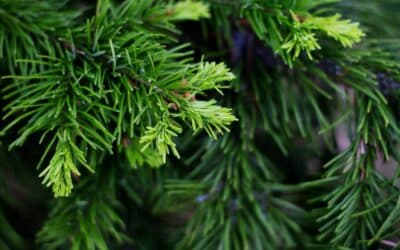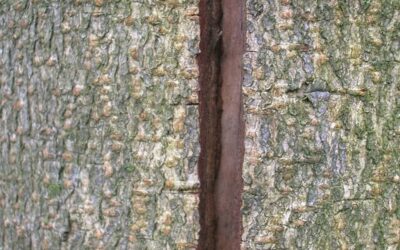Blog Topics
Can you prune trees in winter in Virginia? Yes, but there are a few things to keep in mind.
With the leaves gone, a chill in the air, and plenty of other winter tasks to accomplish, you’re probably not thinking much about tree care during the fall and winter months.
However, winter or dormant pruning is a good idea for several reasons. Not only does it allow you to have your trees cleaned up when they aren’t actively growing (which can help reduce the likelihood of stressing them), but it also lets you check off a gardening chore before things get hectic again as the weather warms up.
That said, you shouldn’t take the recommendation to prune as a license to start hacking away with your pruning shears! There are a few considerations you’ll need to keep in mind when scheduling your winter pruning or trimming.
In this article, we will tell you all about those considerations, as well as:
- The benefits of winter pruning
- How winter pruning works
- Which trees should (and should not) be pruned in winter
- And more!
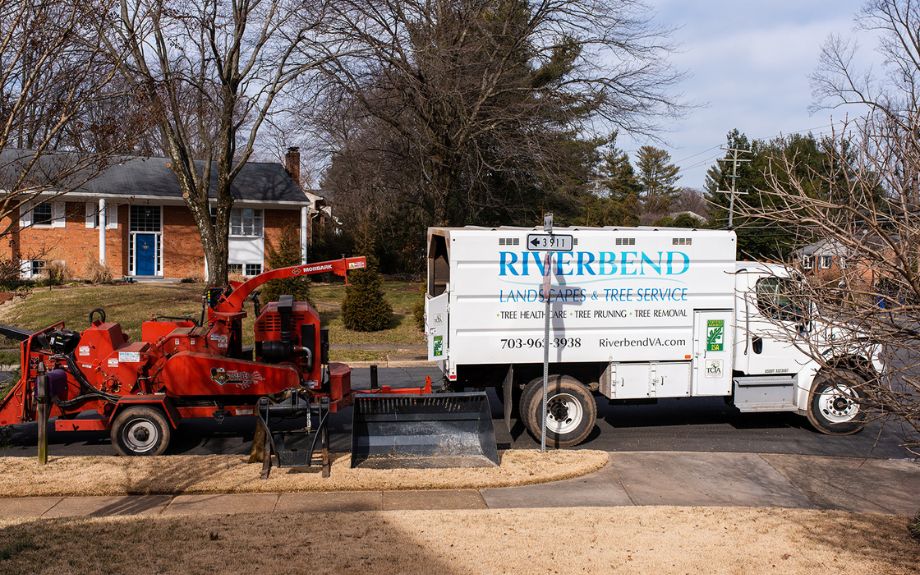
Can Trees Be Pruned During the Winter?
It is not only okay to prune trees in the winter, but in many cases, it is recommended. Here’s why.
Winter Pruning is Less Stressful for Your Trees
Pruning a tree during the active growing season isn’t always a good idea, especially if the tree is unhealthy. It can stress your tree as it attempts to simultaneously recover from the pruning cuts and put out new growth. In contrast, winter pruning doesn’t stimulate new growth (because the tree is dormant).
Research shows that dormant pruning (pruning done before buds open in spring) leads to “optimum wound closure.” In other words, trees can more quickly heal from pruning cuts and will be better able fend off destructive insects and pathogens when warmer weather arrives.
Improved Spring Growth
Pruning in the winter can lead to better growth in the spring.
That’s because the fresh pruning wounds will be exposed for just a short period of time before new growth begins in the spring. When you are pruning trees that are dormant in the winter, they won’t be working on growing leaves and manufacturing sugar.
Therefore, you won’t be disrupting the tree’s growth cycle. As soon as spring begins and the weather warms, all the tree’s efforts can then be directed to the healthy buds that are on the remaining branches.
The result? Stronger, more vigorous growth in the spring.
Reduced Likelihood of Disease
Winter tree and shrub pruning can also reduce the likelihood of disease.
Many trees in Virginia are susceptible to disease and insect infestations. One of the best ways to prevent the transmission of fatal diseases is to avoid pruning during the growing season. Many tree diseases are spread by beetles that are attracted to fresh pruning cuts (or broken branches).
The disease-causing beetles are most active during spring and summer but can still be found until late fall. If you prune when these pests and diseases are not active – in the winter – you can reduce the likelihood of spread and keep your trees healthy.
Winter pruning is especially important for vulnerable trees like oak and elm trees.
Better Visibility
Another benefit of winter pruning is that it makes it easier to see where the pruning cuts should be made. Without flowers and foliage getting in the way, arborists can see which spots need to be pruned to maintain structural integrity, get rid of dead branches, open up your view, and more.
Other Issues are More Easily Detected
Winter pruning can also help arborists detect tree health or structural issues early on. It’s a great time for arborists to conduct a tree health assessment, as well as to see vulnerable areas.
Again, without foliage, fruit, or flowers in the way, professionals can see if there are any infections, dead or diseased branches, insect damage, and more.
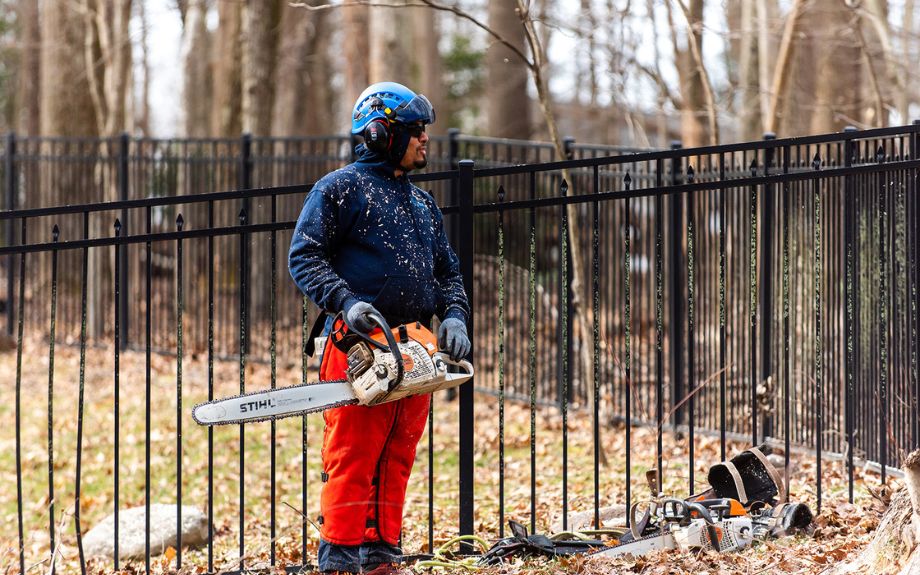
Which Trees Should be Pruned in Winter?
To get the timing right when doing your winter pruning, consider your goals.
This is particularly important for trees that bear fruit or flowers. If you want to enhance flowering for trees that naturally bloom in the mid to late summer, winter is the perfect time to prune. Generally, any trees that bloom on new wood (branches that grow during the spring and summer) should be pruned in the winter, too.
Flowering trees and shrubs to prune in winter include:
- Rose of Sharon
- Crape Myrtle
- Apple
- Peach
- Plum
Shade trees like oak and maple can also be pruned in the winter, as can evergreen trees like spruce and fir.
Which Trees Should NOT Be Pruned in Winter?
Although winter is a great time to prune many species of trees, not all will benefit from pruning at this time of year.
For example, spring-flowering trees should be pruned after they flower.
This includes species such as:
- Magnolia
- Flowering Dogwood
- Redbud
- Flowering Cherry
- Lilac
- Crabapple
For these species (as well as a handful of others), it’s best to prune back branches after the flowers start to fade. Trimming spring-flowering trees in winter will cut off the flower buds, leaving you with a well-shaped, green, leafy tree when spring arrives – with no flowers!
Pines should be pruned later in the spring or summer as well.
Learn the best time to prune trees and shrubs in Northern Virginia >>
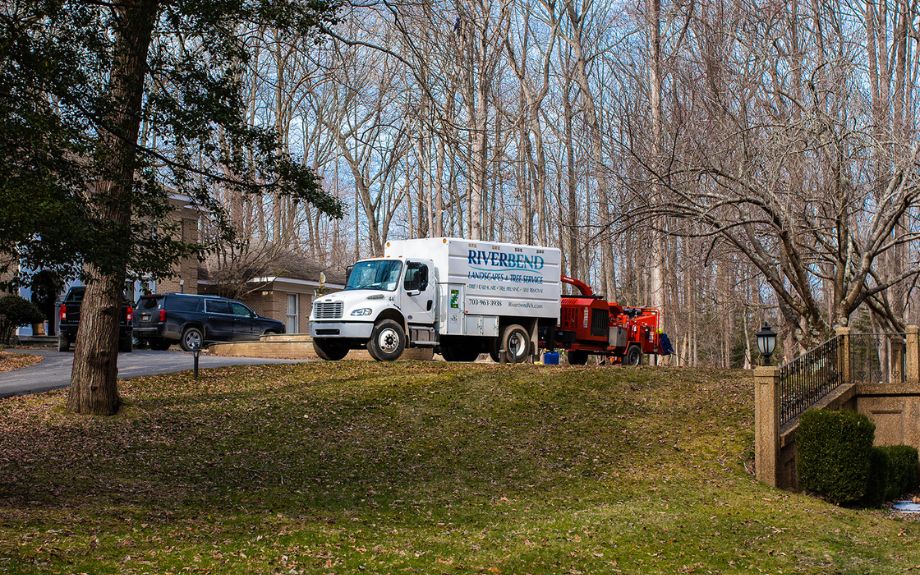
How Winter Pruning Works
If you’re interested in scheduling winter pruning, here is what you can expect.
Tree Assessment
The first thing that needs to be done during winter pruning is to assess which spots need to be pruned.
Experts will inspect the tree for the following:
- Crossing or rubbing branches
- Branches that interfere with overhead wires or pose other hazards
- Dead or diseased areas
- Suckers and water sprouts
- Signs of insect problems
They might also consider whether the canopy needs to be thinned to improve air circulation or accentuate the structure of the tree.
Winter Pruning Timeline
Once your tree care professional determines what needs to be done, he or she will go about the actual task of pruning your tree on the scheduled day. The amount of time it takes to trim a tree in the winter varies, but it usually takes a few hours per tree.
While we do our best to stick to the schedule we’ve given you, weather can affect even the best laid plans!
Dealing with Unpredictable Winter Weather
The ground often freezes here in Virginia during the winter, which can make pruning easier. The hardened ground allows us to bring in heavy equipment without damaging the landscape.
If the ground is muddy, we have equipment and resources to minimize lawn damage and to make our work more efficient.
Most of the time, our arborists can deal with the fluctuations of a Virginia winter. But if the weather is exceptionally icy or slippery, visibility is limited, or travel is not possible, we might need to reschedule to keep everyone (and your trees!) safe.
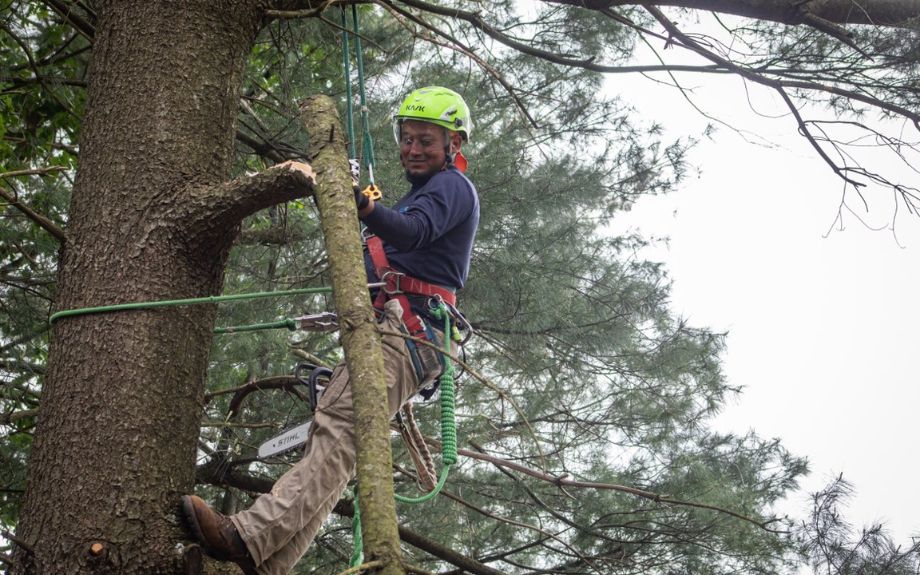
When is the Best Time of Year to Prune Trees?
Trees can – and should – be pruned during the winter. In fact, the winter is one of the best times to tackle this tree care task!
However, it’s not a task that you need to tackle yourself. With conditions that frequently become wet, icy, and slippery, it’s a good idea to leave this chore up to the tree service professionals. As a homeowner, it’s safest to limit yourself to pruning small branches that you can easily reach from the ground.
Riverbend Landscapes and Tree Service has the skills, tools, and safety equipment necessary to tackle your tree care at any time of the year. Contact Riverbend for your winter tree pruning. We’re happy to schedule you for your tree pruning service or a consultation!
Give Us a Call at 703-402-9366
If you'd like help with your trees or landscape, have any questions, or would like to schedule an appointment with one of our Certified Arborists, please give us a call. We'd love to hear from you!

